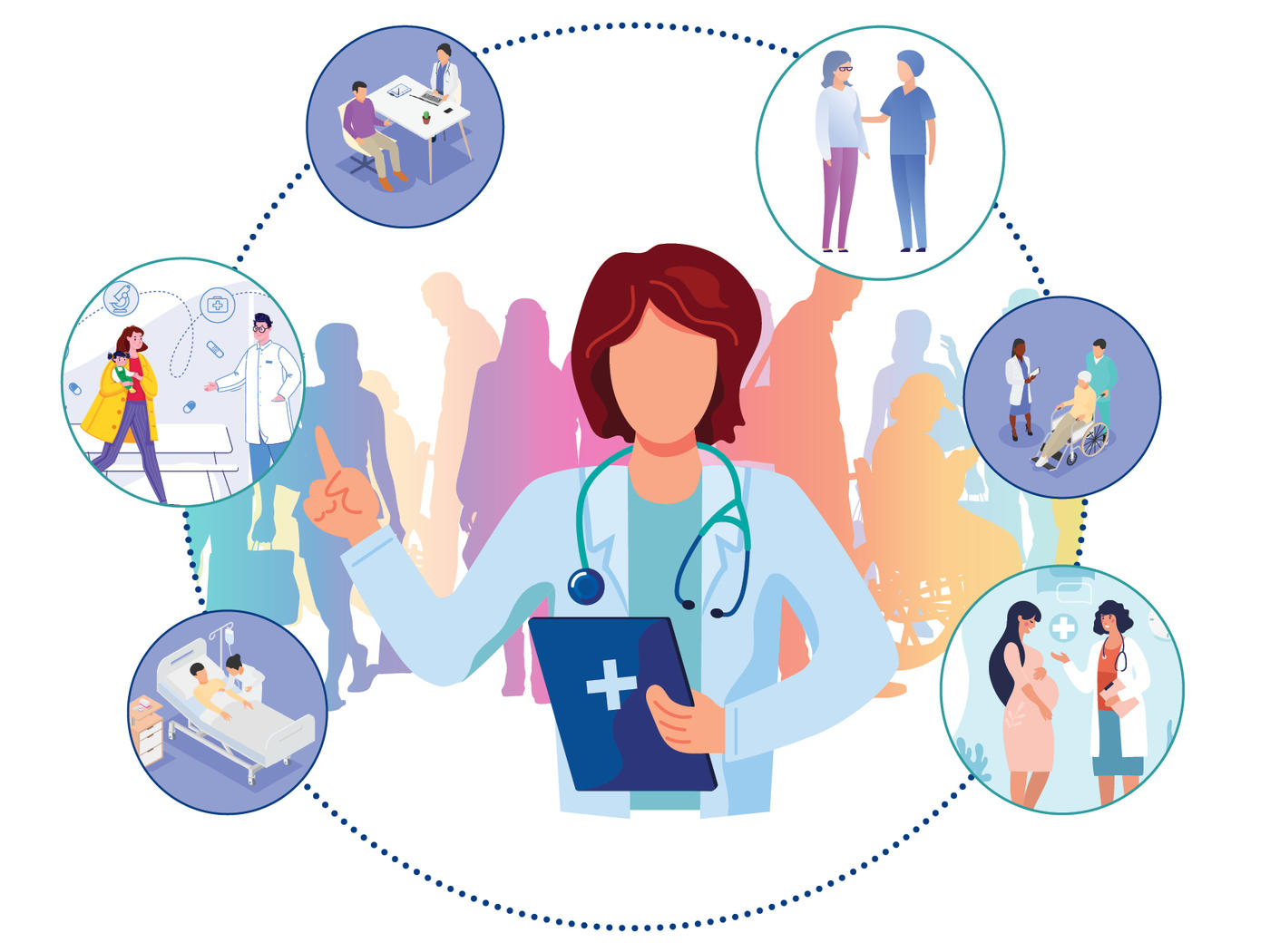Featured
Tags
Share
- Home / Blog / Nursing Today / Chamberlain Student's COVID-19 Article Set for Journal Publication
Chamberlain Student's COVID-19 Article Set for Journal Publication

Christopher “Chris” Rodriguez hates attention. But that won’t stop all eyes from being on his latest work—an assessment of the new coronavirus entitled “Using Pulse Oximetry to Monitor High-Risk Patients with COVID-19 at Home”—that was accepted for publication in the Nursing 2020 journal.
Rodriguez, 36, is a nursing student in the Bachelor of Science in Nursing (BSN) degree program at Chamberlain University’s Sacramento campus. He got the idea to write the article after having firsthand experience with patients severely sick with COVID-19. While observing a telehealth professional asking all the right questions, the first patient he observed still wound up hospitalized with respiratory distress.
“Something wasn’t right,” Rodriguez said. “The nurse did a good job of assessing this individual comprehensively, but normal screening questions did not catch the hypoxia.”
When data from the next COVID-19 patient revealed similar answers to the same set of screening questions regarding severe hypoxia, he had a hunch something more sinister was lurking. Reminding himself of something he has learned in nursing school—that some things can’t be assessed without equipment or direct observation, one of which being oxygen saturation levels—Rodriguez reached for a pulse oximeter and began assessing O2 levels, respiration rate/sounds, and heart rate. His suspicions were correct.
“I jumped in and said to the professional, ‘Hey, I’m a student nurse and here are my findings.’ After consulting with the doctor, they said to get [the patient] to the ER immediately.” About two weeks later, Rodriguez wrote the first draft of his abstract.
Based on the Center of Disease Control’s guidelines, blue lips, shortness of breath, and tiredness are all signs of hypoxia—and considered symptoms of severe COVID-19. However, some high-risk patients will answer “no” to experiencing these things if still feeling well enough to be having a home-based telehealth consultation. The pulse oximeter goes above and beyond what normal screening questions can catch, giving an early indication of a potential severe case that would require an emergency treatment plan.
Rodriguez’s article suggests that individuals with CDC-identified comorbidities are at high risk of contracting severe COVID-19 and need a different assessment tool that will supplement the data collected in a telemedicine interview.
“Multinational studies have found that more and more individuals are going through silent hypoxia. They are not blue in the face, they are not having difficulty breathing, but the oxygen saturation levels are in fact low. This is a patient safety issue.”
With the goal of improving patient safety nationwide, Rodriguez thought back to what he learned in his Evidence Based nursing class regarding how to write an article and modeled his first draft after what he’d seen before. Still though, he had his doubts that he could get published as a student.
“I do not have Bachelor of Science in Nursing, Master of Science in Nursing, or Doctor next to my name which made me have doubts that the article would be published,” Rodriguez explains. “But I put the article together utilizing everything I have learned from lectures and clinicals.”
He then consulted with his professor, Dr. Linda Hargreaves, who confirmed the article was a brilliant idea and provided feedback on how to improve it.
“She was a huge part of helping me focus the article and encouragement to submit it to try and get published,” Rodriguez said.
After a bout of pitching, it was Nursing 2020 that got back to him saying his piece had gone through the peer review process. Two weeks later, they accepted it for publication in their November issue.
Though he gives a lot of credit to Dr. Hargreaves for helping him focus the paper on patient safety, Rodriguez went on to say, “At Chamberlain, I don’t think I’ve a had a professor who hasn’t inspired me. Everyone has amazing stories of what they’ve done and the knowledge they’ve bestowed.”
Rodriguez was born in Los Angeles, raised for several years in Athens, Greece, relocated back to the States, served 11 years in the Airforce, and is now settled in Northern California’s Vacaville, near the Travis Airforce base. He lives with his wife Crystal, and their two children—a son Aiden, 12, and daughter, Natalie, 5. When he’s not busy studying and going to school, he enjoys working out, being outdoors, and going for long bike rides with his family—who also serves as his muse.
“My father, mother, brother, wife, son, daughter and my wife’s family bring me inspiration consistently,” he said. “I find people’s strengths and their strengths inspire me.”
When asked if he could see himself writing more articles like this in the future, Rodriguez confirmed, “I don’t really like attention, but if I see something that will improve patient safety, I will do it to help multiple people.”
By Emily Bond
More from Nursing Today
Request More Information
To receive the Chamberlain University Program Guide, including associated career paths, please select a program of study.







